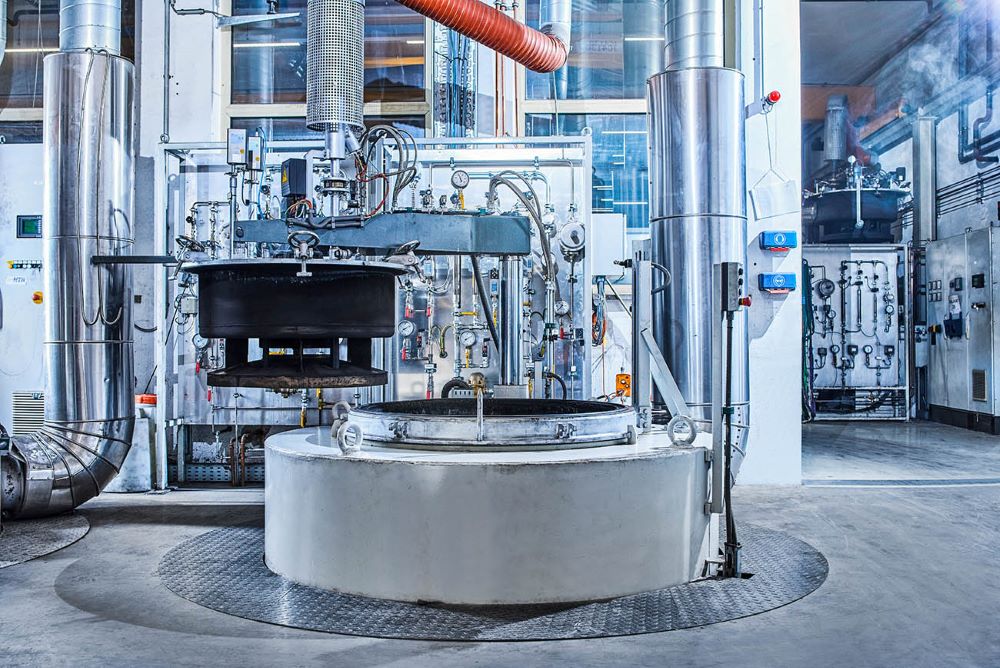
ANNEAL
Low-voltage
Low-voltage annealing reduces internal stresses in the microstructure of metal components and thus the risk of undesirable dimensional and shape changes during downstream processing steps or during use of the component.

Safety with tight dimensional tolerances
Low-voltage annealing is a heat treatment process for steel that is used to relieve internal stresses in the material structure.
The workpieces treated with this process usually acquire their stresses as a result of uneven cooling after casting, welding or forging.
Heavy mechanical processing such as milling, turning or deep drawing can also make stress relief annealing necessary. Without this production step, stresses would be released during further processing and subsequent heat treatments, leading to distortion. Components with tight dimensional tolerances that are nitrocarburised during further processing, for example, must be stress-relieved.
Low-voltage annealing is carried out at temperatures between 550 and 650 °C with a holding time of around two hours. The treated components are then cooled slowly in the furnace, which results in dimensional and shape changes. Slow cooling rates are particularly important for large components in order to avoid stresses caused by temperature differences in the material. Stress relief annealing has no influence on the material structure and only a minor influence on the hardness.
Key figures

Temperature:
up to 650 °C

Oven size:
Ø 900 x 2000 mm

Turnaround time:
from 48 h

Max. loading weight*
2.000 kg
*per batch for standard sizes and treatments

Request a quote
Request a free and non-binding
offer from us now!
Info!
For the preparation of your individual offer
we need the following information from you:
- Material
- Weight and quantity
- dimensions


Do you have any questions?
The HTR team will be happy to advise you!






